Six famous people who switched careers to do something creative
Are you stuck in a deadbeat job? Can’t face getting up in the morning? Well, here’s some good news. It’s never too late in life to switch careers and do something creative that you’ll love.
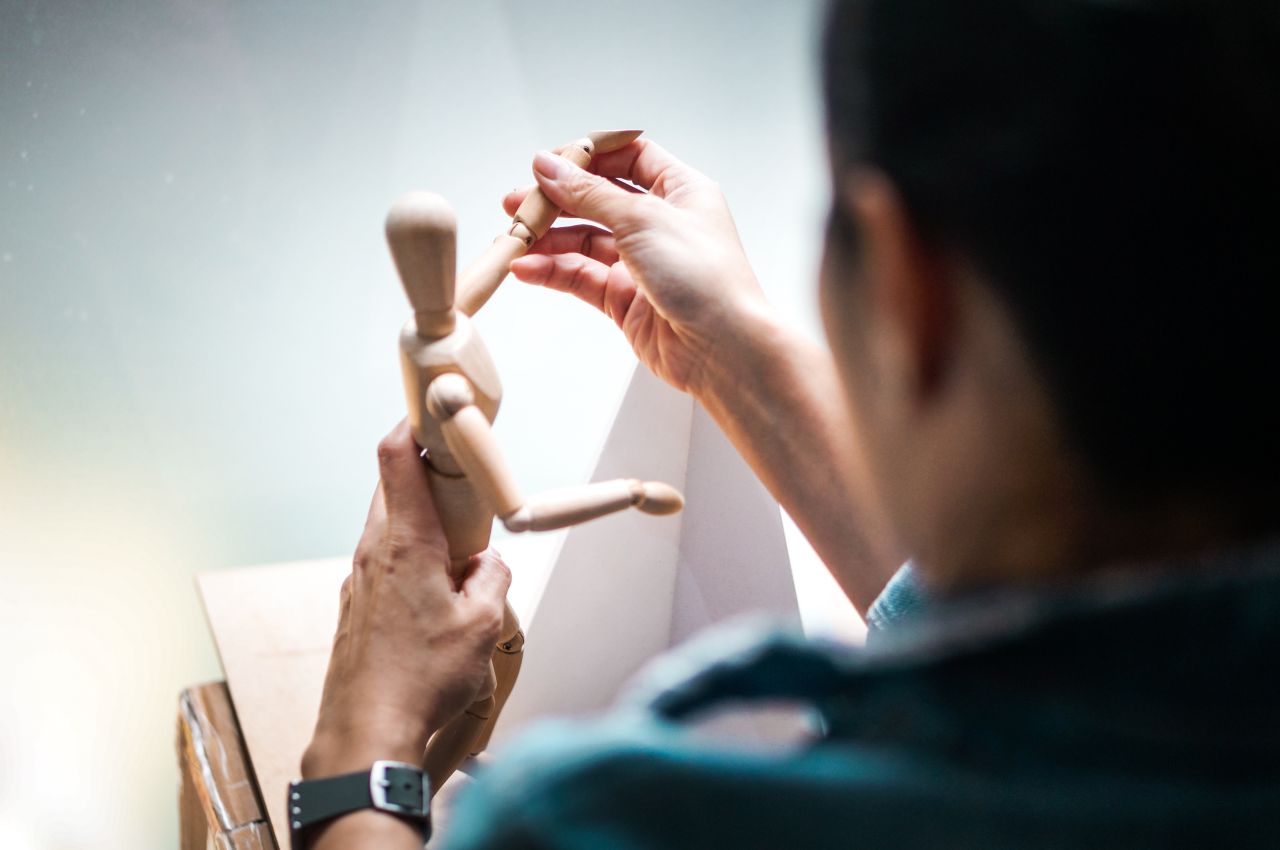
Image licensed via Shutterstock
Whether you’re interested in photography, art, illustration, graphic design or any other creative discipline, the fact that you haven’t been doing it since you were a child doesn’t matter a jot.
A creative career is about passion, a willingness to learn and a commitment to developing your skills and ideas. So basically, as long as you end up creating great work, no one is going to care, whether you’re eight or 80.
(Where I work at Shillington, we often have students from all walks of life, keen to switch careers and do something creative – it's quite the norm.)
Don’t believe me? Then check out the following six examples of famous creatives who switched careers.
1. Brandon Stanton
Born in 1984, Brandon Stanton is a photographer and creator of Humans of New York, an online photography project that’s become a global phenomenon, propelling him onto the list of Time Magazine's ‘30 Under 30 People Changing The World’. But he wasn’t always so creatively focused.
Instead, as a young man, Stanton went into finance and worked as a bonds trader. He planned to make money first, save it, and maybe do something artistic later in life. But the misery of doing something that failed to fulfil him creatively ended up taking its toll. And so when he eventually lost his job, it gave him the push he needed to make a dramatic career U-turn.
Despite not being trained as a photographer, something led Stanton to pick up a camera and start shooting and interviewing passers-by on the streets of New York, then posting the results on Facebook. It quickly went viral, and today, the blog has more than 17million followers on Facebook, has led to a best-selling book, and is hugely influential around the world.
2. Hermann Zapf
Hermann Zapf (1918-2015) was a German typeface designer and calligrapher best known for creating the typefaces Palatino, Optima and the eponymous Zapfino. In school, however, he was mainly interested in technical subjects and left in 1933 with the ambition of pursuing a career in electrical engineering.
However, as the saying goes, ‘Man makes plans, and God laughs’. After getting in trouble with the newly established Third Reich for being a trade unionist, landing him briefly in the infamous Dachau concentration camp, Zapf found it challenging to get an apprenticeship. Finally, after being interviewed by the last company in the telephone directory, he got a job as a retoucher. Shortly after, he attended an exhibition in Nuremberg in honour of the late typographer Rudolf Koch. This exhibition gave him his first interest in lettering, he bought two books to teach himself calligraphy, and the rest is typographical history.
3. David Carson
Born 1955, David Carson is an American graphic designer and art director who’s best known for his innovative print design and use of experimental typography, most notably on the 90s magazine Raygun. His layouts featured distortions or mixes of 'vernacular' typefaces and fractured imagery, rendering them almost illegible, leading him to be known as the father of ‘grunge typography’.
But it wasn’t always thus. From 1982 to 1987, Carson worked as a teacher in San Diego, California, at the same time as being a professional surfer, who reached a 9th in the world ranking.
Gradually, though, Carson started to experiment with graphic design, leading him to attend the Oregon College of Commercial Art. The move led to a career which Newsweek magazine wrote: "changed the public face of graphic design". Surfing’s loss was the creative world’s gain.
4. Anna Mary Robertson (Grandma Moses)
So far, all our creatives who did a career U-turn did so when they were relatively young. But don’t think you’re ever too old to switch lane. And to prove there’s no age barrier to making it as a creative, consider the late-blooming career of one Anna Mary Robertson, aka Grandma Moses.
The celebrated artist appeared on magazine covers, on TV, and in a documentary of her life; she wrote an autobiography, won numerous awards and was awarded two honorary doctoral degrees. Her paintings are among the collections of many museums; one was sold in 2006 for $1.2 million. And yet she had spent most of her years living a simple rural life, as a farmhand, a live-in housekeeper and a wife and mother.
Born in Greenwich, Washington County in 1860, it was not until she was 78 that Robertson’s talent was discovered when an art collector discovered her paintings in the window of a drug store in 1938. Her first solo exhibition came two years later, and fame soon beckoned.
And lest you consider that late-blooming may have been way too brief given her advanced age, fear not. Grandma Moses made the most of her new-found celebrity and lived to the ripe of old age of 101.
5. Marcus Bleasdale
Marcus Bleasdale is living proof that money isn’t everything. When he was working as an investment banker, he was earning half a million pounds a year to work in a comfortable office. Now, he makes a fraction of that and has thrown comfort out of the window, to document conflicts in Africa, Central America and the Balkans as a photojournalist.
Bleasdale left his job in 1998 at the age of 29 after being horrified by a report of mass graves in the Balkans on TV. Feeling he should help in some way, he sold his expensive homes, gave his designer suits to charity, and got on a plane to the Balkans. He had no real idea of what he was going to do when he got there. His mother thought he was stupid, and his father told him he was mad. But by the second day, he had realised what he wanted to do with the rest of his life: photojournalism.
The British photographer has gone on to have a stellar career, winning dozens of awards from the likes of UNICEF, World Press Photo and Royal Photographic Society, as well as being nominated for an Emmy. But rather than see his early experience in business and economics as a wrong turn in life, he continues to draw on it in his current profession. For example, in the Congo, it helped him researched the sources of financing driving the conflicts, which would usually lead to the mines, and the armed networks linked to them.
He also now runs a social impact non-profit in Oslo, which combines his banking and photojournalism experience, and shoots stories for National Geographic and Human Rights Watch. Some days he's at a board meeting in a suit in London; others he's in a swamp in Central Africa.
6. Giorgio Armani
Everyone’s heard of fashion designer Giorgio Armani. But fashion was not his first career. Born in northern Italy in 1934, as a young man he enrolled in the Department of Medicine at the University of Milan. But after three years there, he left and joined the army, where he was assigned to the Military Hospital in Verona.
Armani eventually decided to look for a different career path, and after leaving the military in 1953, found a job as a window dresser at La Rinascente, a department store in Milan.
He went on to become a seller for the menswear department, then in the mid-1960s, moved to the Nino Cerruti company, for which he designed menswear. He formed his company, Armani, in 1975, and by 2001 was acclaimed as the most successful designer that Italy has produced, with an annual turnover of $1.6 billion and a personal fortune of $8.5 billion as of 2013. Sometimes, you get it right the second time.


















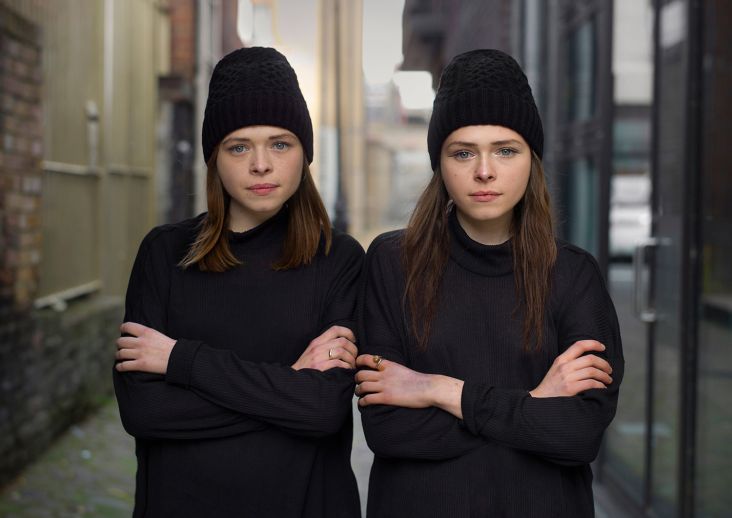
](https://www.creativeboom.com/upload/articles/20/20fa6864e385c951bd8e2c857062f91971d8c9ff_732.jpeg)

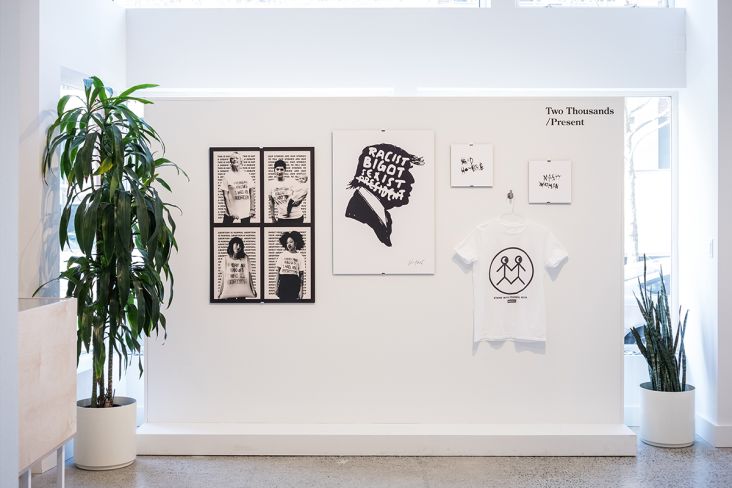
 | All other images courtesy of The Photography Show, and their respective copyright owners](https://www.creativeboom.com/upload/articles/f9/f9e528c50e4e9bf48151f6b728c876d33f92fc0c_732.jpeg)
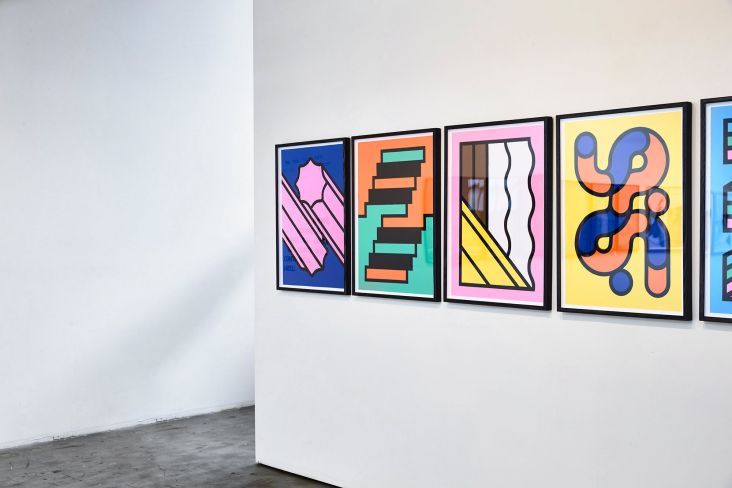
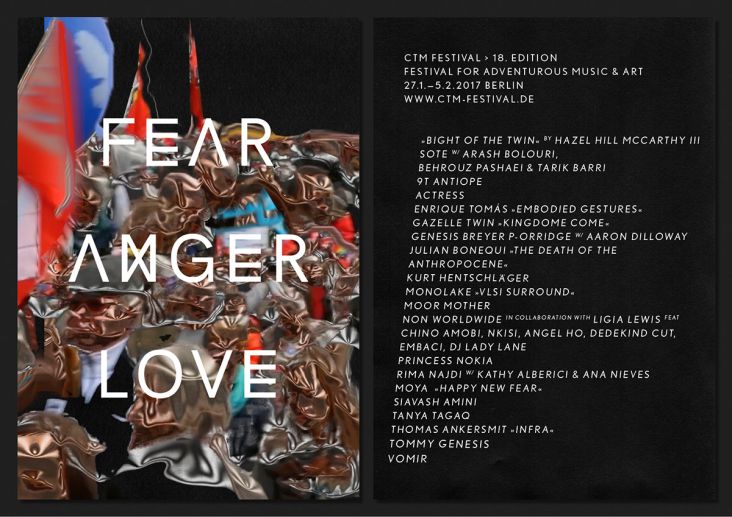
](https://www.creativeboom.com/upload/articles/f5/f53946a7aa1cb8a87d2b613f09ed0e7cfb7d6949_732.jpeg)
